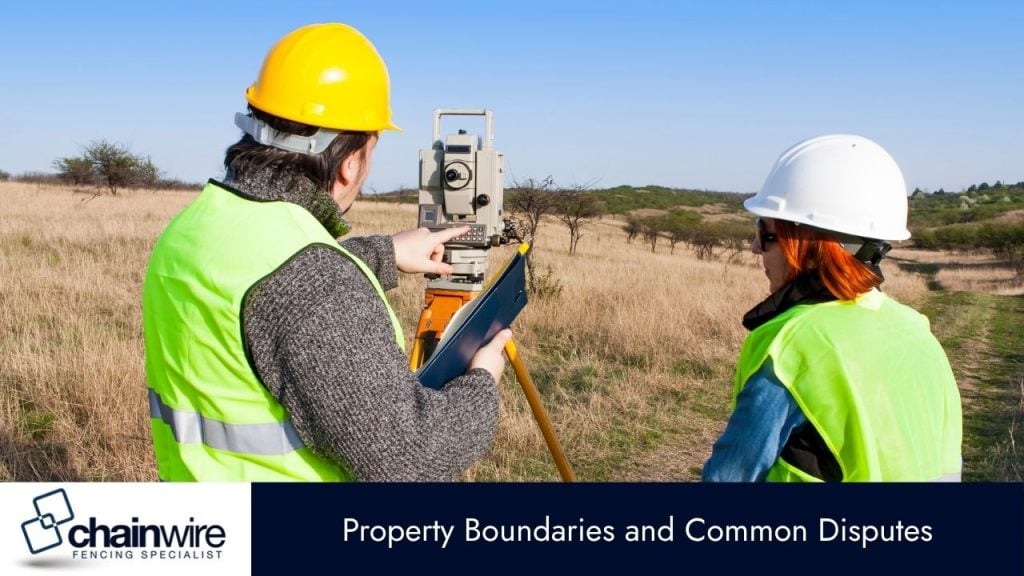Fencing disputes are common in NSW, especially when property lines or cost responsibilities aren’t clear. Many property owners begin projects without checking regulations, which can lead to fines or legal action. Some also assume that costs and boundaries are straightforward, but laws are specific.
To avoid problems, it’s important to understand the Dividing Fences Act 1991, confirm boundaries, and follow council regulations. This blog outlines key legal details to help you meet NSW fencing rules before installation.
Fencing Laws and Legal Responsibilities
In New South Wales, fencing is governed by the Dividing Fences Act 1991. This law sets out the obligations of neighbouring property owners when it comes to constructing and maintaining a dividing fence.
The Act covers:
- Shared cost responsibilities
- How to reach agreements
- What happens if one party does not cooperate
It applies only to fences dividing two private properties. If the boundary adjoins public land, a different process applies. The law doesn’t dictate exact materials or styles, but it allows owners to propose a reasonable fence based on the property type and use.
A written agreement is not legally required, but keeping records of discussions helps avoid future issues. If disputes arise, NCAT (NSW Civil and Administrative Tribunal) can make a ruling under the Act.
Property Boundaries and Common Disputes
Incorrect fence placement often leads to neighbour disputes. To prevent this, you must first confirm the exact boundary line between properties. Verbal agreements or assumptions based on old fences are unreliable.
To verify boundaries:
- Check your property’s survey report
- Request title information from NSW Land Registry Services
- Hire a licensed surveyor if documents are unclear
Fencing built over a neighbour’s land can result in removal orders or legal action. This also applies to encroachments near driveways, easements, or utility access points.
If the land is leased or has shared title ownership, all legal owners must be involved in fencing decisions. This ensures liability is shared correctly and the project is legally valid.

Sharing Fencing Costs and Written Agreements
Under NSW law, neighbours are generally expected to share the cost of a dividing fence equally. This applies when the fence is considered “sufficient” for the purpose of separating properties.
To minimise future issues:
- Discuss the fence type, height, and materials before starting
- Send a written notice proposing the work and cost estimate
- Keep all responses and records of discussions
The Act allows either party to propose a more expensive design, but they must pay the extra cost unless both agree. If no response is received within 30 days, further steps may be taken through mediation or legal channels.
Cost-sharing does not apply to fences built entirely within one owner’s land or fences used for special purposes, such as pool barriers or acoustic walls.
Local Council Rules and Site-Specific Restrictions
Local councils in NSW can apply extra rules on fence height, materials, and proximity to footpaths or roads. Most residential fences at the front of a property are restricted to 1.2 metres, while side or rear fences may be up to 1.8 metres.
Before construction:
- Contact the local council to check development rules
- Review zoning codes and heritage overlays
- Apply for planning approval if needed
In some areas, fences over a certain height require a development application (DA). If your property is within a heritage precinct or has environmental overlays, special approvals may be needed before work begins.
These checks help avoid penalties or stop work orders later in the process.

Fencing on Heritage or Environmentally Sensitive Land
Fencing laws differ when a property is listed as heritage or is near protected land. Restrictions may include limits on materials, colours, and even fence styles that impact the visual setting.
For heritage-listed sites:
- Only approved fence types are permitted
- You may need to consult a heritage officer or planner
- Altering existing fences may require formal approval
For properties near bushland or water catchments:
- Fencing must not disrupt wildlife corridors
- Use of untreated or fire-resistant materials may be required
- Clearances from trees and habitat zones may apply
These restrictions are not optional and are enforced by local councils and state departments.
Common Legal Pathways for Resolving Fencing Issues
Even with planning, disputes can occur. The first step is usually negotiation between neighbours. If that fails, either party can apply for a hearing at NCAT, which handles fencing-related issues under the Dividing Fences Act.
NCAT decisions may include:
- Cost apportionment orders
- Approval or denial of proposed fencing work
- Direction to remove or replace existing fencing
Before reaching this point, the NSW government encourages mediation through Community Justice Centres. These are free and help parties avoid formal legal action.
Keeping written records, including emails and quotes, can support your case if NCAT proceedings are required.
Need Advice Before You Build?
Chainwire Fencing Specialist works with property owners across NSW to ensure fencing projects meet legal and council requirements. The team can assist with boundary confirmation, cost-sharing agreements, and local compliance before any installation begins.
If you need help with planning or approvals, our staff can provide accurate advice and practical support to make the process easier. Contact us to discuss your site and get started with a compliant and professionally managed fencing project.

